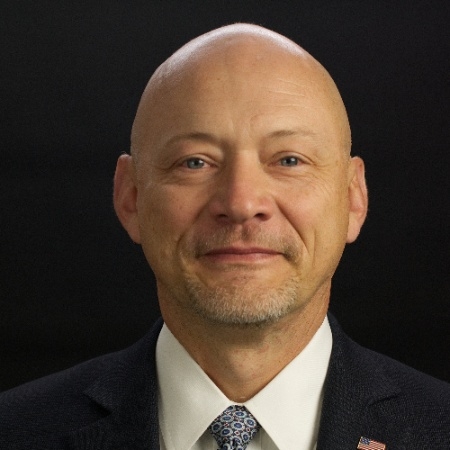CenturyLink’s acquisition of Level 3 gives the service provider not only a broader set of network capabilities but also a way to better put together solutions for the federal government.
Already, the service provider put together the management team recently made up of CenturyLink and former Level 3 public sector specialists.
David Young, who is leading the federal group as regional vice president of strategic government, told FierceTelecom that the combined service provider will be better equipped to handle existing and new government contract deals.
RELATED: CenturyLink revamps its public-sector leadership team, taps Young to lead group

“If you look at the combined capabilities that we can now use to architect solutions, it puts us in a whole different realm than what the two companies were able to do on a standalone basis,” Young said. “When we combine all that technology, combine those assets and combine the people that’s going to be the power in the marketplace.”
However, Young admits that the integration work, which has just started, won’t be completed overnight.
“Already, we’re seeing the people integrate,” Young said. “With these large integrations, it takes a while to integrate a physical fiber network and it takes a while to do products.”
Product commitment, process
As CenturyLink and Level 3 come together, the two companies are now coalescing around how the product sets. The federal team is collaborating with CenturyLink’s product teams, which are led by Shaun Andrews, EVP of product management. Whether it’s upcoming E-LAN service or security, this collaboration will allow CenturyLink’s federal sector to see how it can best fit the needs of the federal government customer base.
“The commitment that the product house has to the federal marketplace is just remarkable,” Young said. “We worked to put the government requirements in the product development cycle early so we can determine how to federalize our products before we do the work of rolling them out into the field.”
Additionally, the federal team is working with CenturyLink CTO Aamir Hussain to get the IT capabilities in order.
“Our work also touches Aamir Hussain’s organization where we’re doing IT development to support the portals and everything you need to do to support the federal government,” Young said. “As you see the size of CenturyLink come together, it’s great to see how all of these organizations and company understand the commitment to the federal marketplace.”
Readying for EIS, GNS
A key focus for CenturyLink will be on pursuing new opportunities that will stem from two key federal contracts: Enterprise Infrastructure Services (EIS) and the Department of Defense’s Global Network Services (GNS) contract. CenturyLink, along with fellow large telcos AT&T and Verizon, won seats to bid for task orders on each of these multibillion-dollar contracts. EIS is a 15-year, $50 billion contract, while GNS is worth up to $4.3 billion.
EIS is the follow-on contract to Networx. Consisting of an Enterprise and Universal section, Networx is set to expire in 2017 but will be extended until 2020 to give government agencies time to transition from Networx to EIS.
However, the growing challenge for these operators is that the General Services Administration enabled emerging competitors like MetTel and GTT to get an invite to the table. Young says in between EIS and GNS, CenturyLink will have plenty of work to do.
“All of .gov is going to have to deal with EIS in some way as they move from Networx to EIS, but let’s not forget that DISA just awarded its GNS contract,” Young said. “You have a bit of a perfect storm happening in the federal sector right now because you have a variety of contract vehicles that are all being released at the same time.”
While he could not call out any specific task orders CenturyLink is going out for right now, Young said that “with GNS there’s a handful of fair opportunities out there today and as civilian agencies get through their process the next two or three years is going to be an exciting time in our marketplace.”